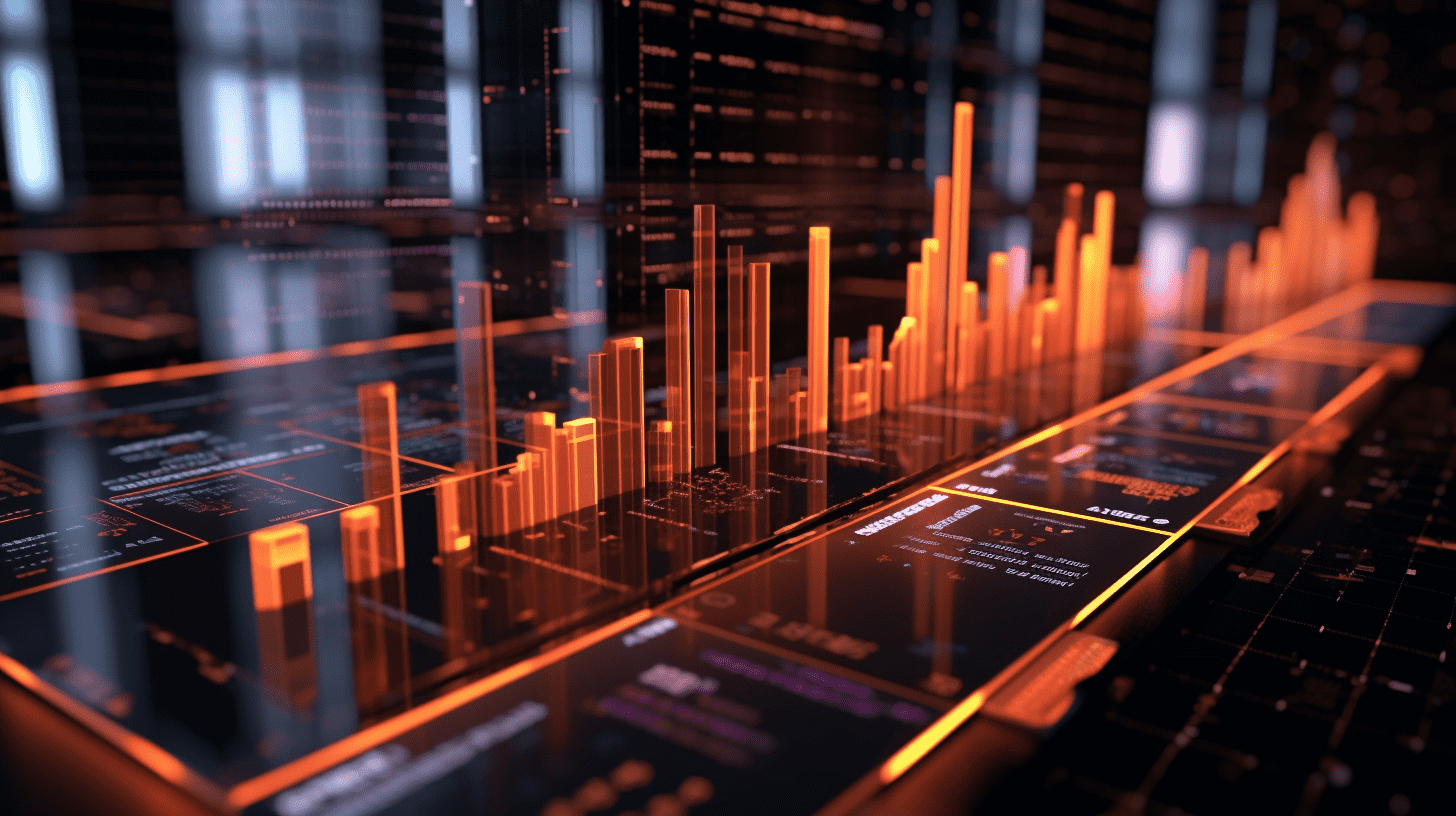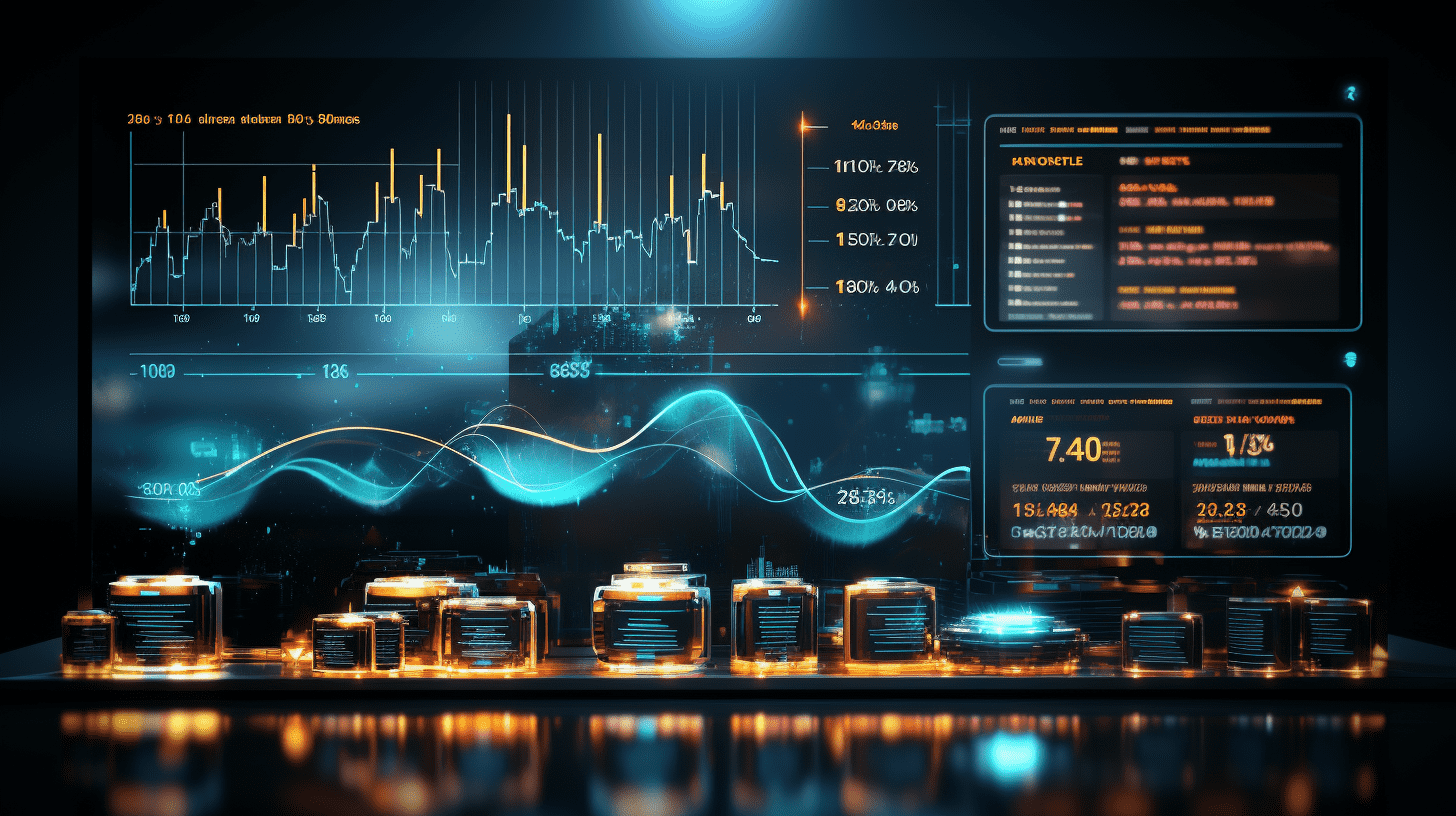Goldman Sachs hedge fund manager interprets "strong US stocks": Make money first, then find reasons.
In the face of risks in the bond market, risk assets are performing well. The head of Goldman Sachs hedge fund believes that three factors may be driving this: first, the AI boom, second, expectations of relaxed regulation under Trump, and third, the boost to corporate profits from fiscal deficits. Regardless of which logic predominates, market asset allocation tends towards: shorting back-end bonds, shorting the US dollar, longing for value storage assets, and longing for stocks.
Behind the apparent calm in the global financial markets, debt sustainability is becoming an increasingly significant structural risk.
According to the latest insights from Tony Pasquariello, head of hedge funds at Goldman Sachs, despite the S&P 500 index being only 3% below its February high and both the stock market and high yield bonds performing strongly, debt risk could be the next ticking time bomb.
Pasquariello stated that selling pressure in the global bond markets is intensifying from Japan to the UK. In recent years, the Japanese bond market, which serves as a global duration anchor, has faced massive selling pressure, and the sharp twisting of the US interest rate curve has made every bond auction feel like walking on thin ice.
Pasquariello bluntly stated that while the geopolitical turmoil in the Middle East temporarily raised safe haven demand, the structural risk of debt sustainability is quietly growing. Gold broke out first, followed by Bitcoin, and even silver joined the frenzy of the "store of value" theme.
AI productivity myths and expectations for Trump 2.0 stimulus
In the face of warning signals in the bond market, the stock market remains unusually calm. Pasquariello believes that there may be three logics behind this contradiction.
First is the expectation of the AI productivity revolution. The visibility of the generative AI theme will continue to extend beyond 2026, and the CEOs of Broadcom and Oracle have expressed a firm and optimistic view of demand visibility for next year. Oracle's CEO stated in a earnings call that "demand is astronomical" and increased capital expenditure for the 2026 fiscal year to over $25 billion.
The second is the expectation of Trump 2.0 policy. The market may be digesting a future state in which the new government will attempt to push nominal GDP to as high a level as possible through deregulation and stimulus measures.
The third explanation is the most direct. Perhaps the market is simply willing to accept continued fiscal generosity - huge deficits provide ample liquidity to businesses, pushing up asset prices.
Regardless of which logic predominates, the current trend in asset allocation in the market is clear: shorting back-end bonds, shorting the US dollar, going long on store of value assets, and going long on stocks.
In response to this, Pasquariello quoted the legendary saying in the trading world, "Make Money First, Make Sense Later," reminding investors to maintain discipline in uncertainty and follow market trends.
US economy has not yet slowed down, providing some support for the stock market
Pasquariello further analyzed the macro and technical aspects.
Currently, despite mixed macroeconomic data, the US economy's fundamentals remain resilient. Tony Pasquariello expects US GDP to grow by around 1.25% in 2025 and rebound to 1.8% in 2026, both higher than previously worried levels.
Pasquariello pointed out that consumer performance did not collapse during the peak uncertainty over tariffs, and businesses continue to generate, return, and reinvest huge amounts of capital. GDP fell by 0.2% in the first quarter, but is expected to grow by 3.8% in the second quarter, showing severe but non-lethal economic fluctuations. This "deceleration but not derailment" state provides subtle support for the stock market.
However, fund flows and position data show inconsistency. After net selling for three consecutive weeks, actual fund investors turned into large net buyers this week; hedge funds also turned to net selling after seven consecutive days of net buying. Corporate fund flows are also divergent, with stock buybacks and new stock offerings coexisting.
Pasquariello pointed out that the market's technical aspect has not had a significant impact on trends, but the long gamma positions of option market makers may provide some stability for the summer market, especially against a backdrop of slowing intraday volatility and 10-day realized volatility dropping to single digits.
This article is sourced from "Wall Street See News", written by Li Xiaoyin, edited by Chen Qiuda.
Related Articles

JPMorgan Chase raises "worst-case scenario probability" to 17%: If the Strait of Hormuz is closed, oil prices will rise to $120.

The biggest risk in the market has arrived? Israel attacks Iran's largest natural gas field, leading to conflict expanding to oil and gas facilities.

Trump said both he and Putin believe that the conflict with Iran should end.
JPMorgan Chase raises "worst-case scenario probability" to 17%: If the Strait of Hormuz is closed, oil prices will rise to $120.

The biggest risk in the market has arrived? Israel attacks Iran's largest natural gas field, leading to conflict expanding to oil and gas facilities.

Trump said both he and Putin believe that the conflict with Iran should end.






